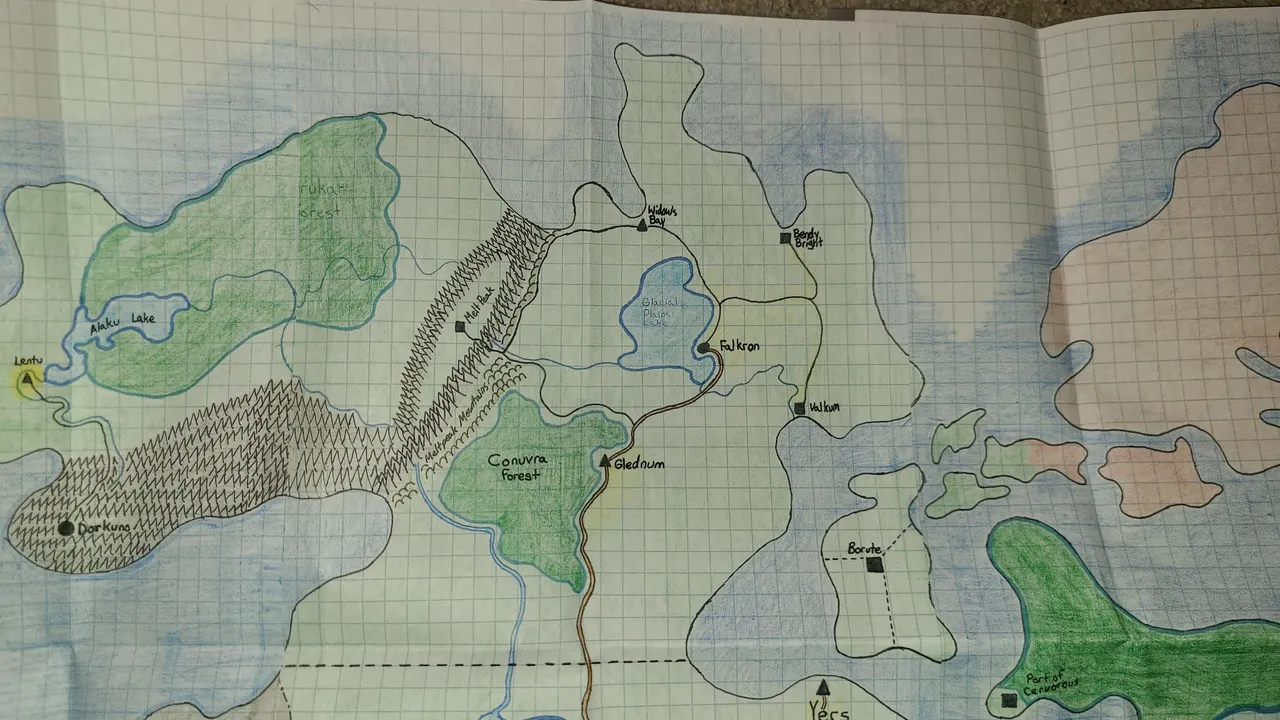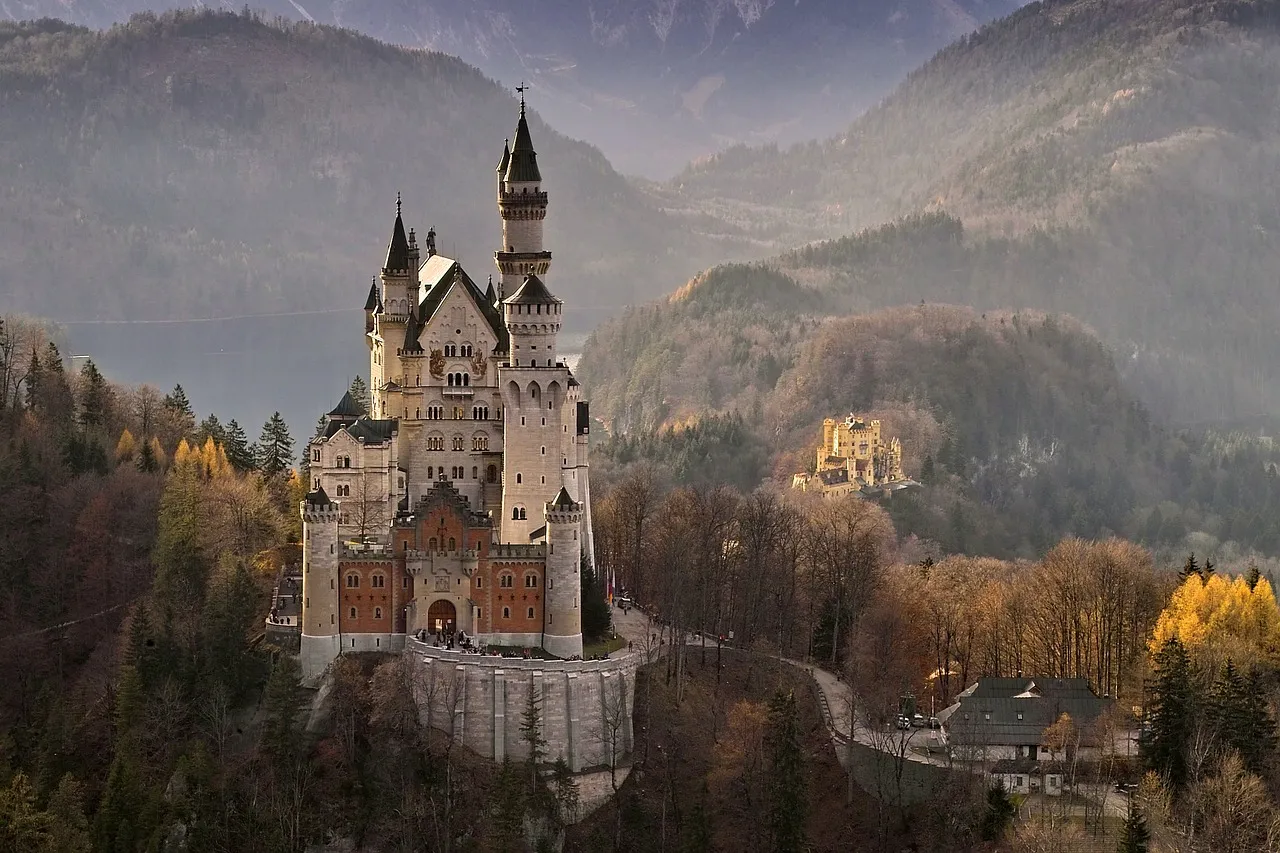Food and Water – How are Castles and Fortresses supplied?
How often are sieges?

I want to stay within the Kingdom of Glednumbria for the next bit with these prompts as this is the area I intend on starting a story in. I am going to use these prompts to flesh out that area of my world to help my writing. Glednumbria is a harsh, cold prairie and tundra combination. The southern portion of its territory is fertile prairie land that is great for farming and pastures, while the northern lands are barren, rocky grounds where nothing of cultivate-able value grows. Lots of wild game to hunt, though.
There are several rivers within the kingdom of Glednumbria. The largest river, The Apandi River, flows out of the Melt Water Peaks near the south western boundary of the Human territory. It is a wide, fast flowing river that feeds into the Sea of Apandi. It has no major settlements along its banks, but it is a major transportation river up to the Melt Water Peaks. Whereupon, goods are offloaded and transported by wagon to the town of Melt Water.

Photo courtesy of Pixabay user Helmut_Kroiss
The other major river in Glednumbria is the snaking Glitter River that also comes out of the Melt Water Peaks, near their northern boundary. It flows to the eastern coast through the large Glacial Plains Lake near the Capital of Glednumbria, Falcon. Glitter River marks the boundary of farmable land, with its southern banks being the more favourable option for growing.
Now, all this said, it still doesn't tell you how the Castles and Fortifications of Glednumbria get their fresh water. I am leaning towards the northern castles being built upon natural warm water springs that, with a little human ingenuity, stay flowing all year round, even in the coldest parts of winter. In the southern territory I'm thinking the castles and forts use large cisterns to hold water for consumption in times of war.
Food is held in store houses, generally in one of the middle rings of the fortifications, near enough to the barracks and Lord's manor for ease of use. Most of the time the storehouses are empty, but when war is on the horizon lords will work to fill their storehouses to the maximum. The smallest castle in Glednumbria at Bendy Bright, can feed a garrison of 100 men for 100 days if filled to capacity. And with their warm water spring, they wouldn't have to worry about running out of fresh water in times of siege.
As for how common sieges are, I would say that the timeframe that I am thinking of writing in is a time of relative peace, and sieges only seem to happen when it's a town rebelling or there has been a changing of who is in power, causing a small civil war. They have become quite uncommon, especially in the northern reaches of Glednumbria, although attacks from roaming bands of Giants are still a common enough occurrence that Lords have still maintained their castles to withstand the attacks.

Find my artwork for sale exclusively on NFTShowroom.com
Find my photographs of Nunavut scenery and Wildlife on Lensy.io
Follow me on twitter here: Hive Related Account / Photography and Art Account
I am also on Instagram: But only Photography and Art
More art on DeviantArt at: Ice-O-Lated
Hive Divider provided by @thepeakstudio
